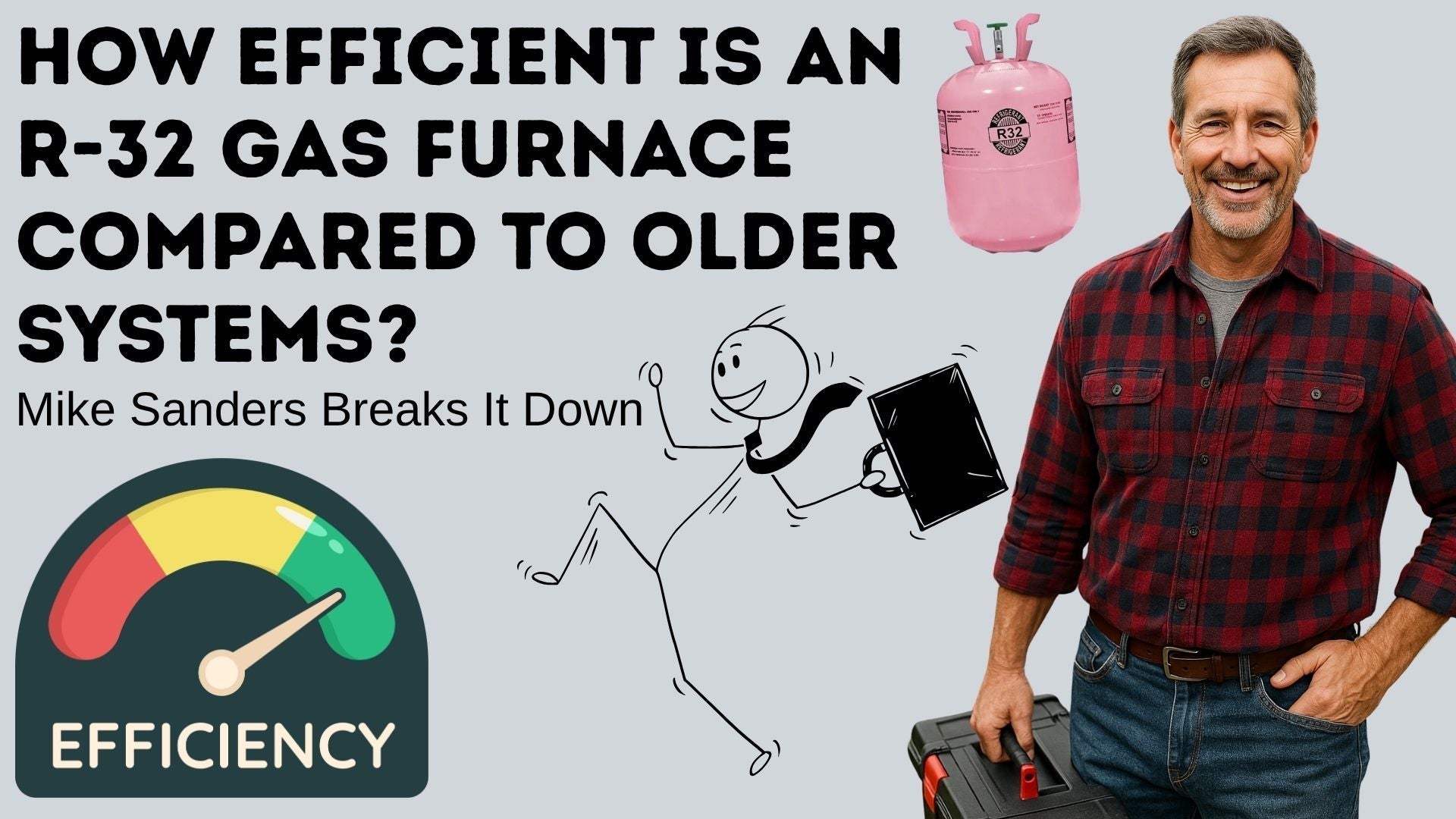If you’re still running a gas furnace from 10 or 15 years ago, you might be asking yourself: “Is it really worth upgrading to one of those new R-32 models?” I get it. As someone who’s worked in more crawlspaces and utility rooms than I can count, I’ve seen it all—from clunky relics that burn fuel like there’s no tomorrow to sleek, whisper-quiet systems that sip gas and pump out clean, even heat.
So let’s break it down. If you’re thinking about energy savings, long-term comfort, and doing your part for the environment, R-32 gas furnaces are hard to beat.
Understanding R-32 and Why It Matters
First, let’s talk refrigerants. R-32 is a newer, low-GWP (global warming potential) refrigerant that’s more efficient and environmentally friendly than older options like R-410A or R-22. While the refrigerant itself lives in the AC part of your HVAC system, many newer furnace systems are designed to work seamlessly with R-32 split systems, making the whole setup more efficient.
According to Diakin, R-32 systems can reduce greenhouse gas emissions by up to 78% compared to older refrigerants.
Fuel Efficiency: AFUE Ratings Tell the Story
When we talk about furnace efficiency, we’re usually looking at the AFUE rating (Annual Fuel Utilization Efficiency). Most older gas furnaces fall somewhere between 70–80% AFUE. That means for every dollar you spend on natural gas, you’re only getting about 70–80 cents of usable heat.
Modern R-32-compatible gas furnaces, like the ones in The Furnace Outlet's R-32 Gas Furnace Collection, can hit AFUE ratings of 96% or higher. That’s a huge jump. You’re looking at near-total fuel utilization—and serious savings over the long haul.
Real-World Cost Savings
Let’s say you’re heating a 2,000 sq ft home in a region with cold winters. Replacing an 80% AFUE furnace with a 96% model could save you anywhere from $200 to $400 annually, depending on your gas rates. Over 10 years? That’s $2,000 to $4,000—enough to pay for a portion of your upgrade.
Need help calculating your potential savings? Check out this helpful Home Heating Energy Calculator
Pairing Efficiency with Comfort
It’s not just about fuel. Newer R-32-compatible systems also tend to come with variable-speed blowers, smart thermostats, and better insulation around the heat exchanger. This adds up to more even heat, fewer cold spots, and quieter operation.
If you’ve ever had a furnace that kicks on like a jet engine and rattles the ducts, you’ll appreciate the difference.
Better for the Planet (and Your Wallet)
Older furnaces not only use more gas, they also often leak heat, suffer from combustion inefficiencies, and can produce higher levels of carbon monoxide. Newer R-32 systems are tighter, cleaner-burning, and safer overall.
And because they use less energy, many qualify for local utility rebates or federal tax credits. See what’s available in your area using the DSIRE Energy Incentive Database.
Final Thoughts from Mike
If your furnace is over a decade old, an upgrade to a high-efficiency R-32-compatible gas furnace could mean:
-
Lower monthly energy bills
-
A smaller carbon footprint
-
A quieter, more comfortable home
-
Better long-term reliability
And hey, if you're already replacing your AC, it makes a ton of sense to match it with an R-32 system that’s optimized for performance and compatibility.
Got questions? I’ve helped a lot of homeowners make the switch, and I’d be happy to walk you through the options. Just reach out to the team at The Furnace Outlet—they’ve got the best selection of R-32 gas furnace systems around.
In the next topic read about: Choosing the Right Thermostat for Your R-32 Gas Furnace: Mike’s Guide to Smarter Home Comfort







